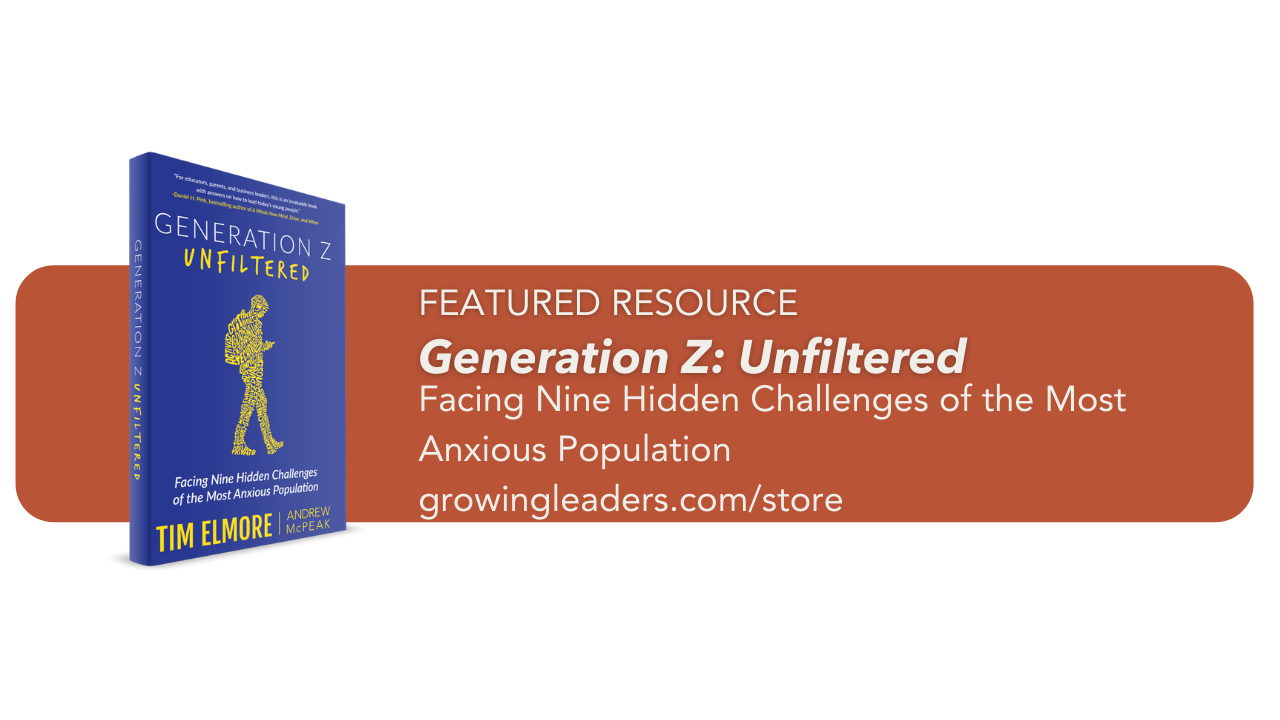
How to Read a Book
By: Tim Elmore
Almost everywhere we go, people ask the questions: How do you read so many books? Where do you find the time? Just how do you read a book? Do you read it from cover to cover? The fact is these questions stem from the belief that leaders are readers. By and large, if you plan to be a lasting leader, you must continue to grow. It’s the only way to stay in front and provide fresh ideas and direction.
In 1987, while I was finishing my master’s degree, a faculty member shared with me how he reads a book and saves time. I began using his ideas and later formed my own steps. Below is a list of tips about how I read a non-fiction book.
- Choose books based on your target growth areas.
Don’t be random; I don’t read everything that comes out. Know how you want to feed your mind and heart. Each January, I take a day to completely get away and decide what my plan for personal growth is. Then I choose books that are a suitable part of that plan. For a place to start go to www.GoodReads.com.
- Commit to reading a set number of pages per day.
I read 20 pages a day five days a week, which allows me to read at least two books a month. A few years ago, our team used an app that allowed us to hold each other accountable for our growth, our reading, our health, our work, etc. My entire team knew when and if I failed to reach my reading goal. Find ways to keep commitments.
- I begin with the author’s bio.
I always read the inside flap of a book or I use Google to learn about the background of the author. This will inform me about the perspective, the heart, and the intent behind writing the book. Every book flows from the author’s character, and since you’ll be spending some time with her or him, it’s good to know that person.
- Read for speed at first.
When starting a book, read the front matter thoroughly—the introduction, preface, foreword, table of contents. Once you are familiar with the author’s thinking, read the first two and the last two pages of each chapter. Authors almost always get their idea across and summarize it in these pages. This way, you will have received the big ideas of the book.
- Review the chapters that were most relevant for you.
Once you grab the big idea, go back and fully digest the great chapters and mark them up. Identify your favorite stories, quotes, statistics, and facts. The criteria should be usable, helpful, relevant, and fitting to your mission. Don’t feel guilty about not reading every word of each chapter.
- Record the great stories, quotes, stats, and facts you pulled out.
You can record them electronically on Evernote. This is a program we use at Growing Leaders to file helpful information. If the material is in a hard copy of a book or magazine, file it in a cabinet. All information should be titled. (You may use more than one title and file it in more than one place.)
- I write notes on the inside of the front cover.
As I glean good stuff from the pages, I write notes on the inside of the front and back covers. For instance, I will write: “Story of Zappos CEO working for happiness, page 73.” This way, I can easily find great quotes, points, or stories later as I need them. It saves me hours of search time.
- I use note-taking symbols.
I have made up a set of note-taking symbols I can use to save space and time when I write down my own thoughts in the margins. I will use stars, triangles, dots, question marks, or even a ballot box if the content requires a decision or action.
- To ensure you retain the information—share it with others.
I have found the more I talk about the ideas in a book, the more I am able to keep them in my own mind. It’s one of life’s paradoxes–give the idea away and you keep it yourself. Our Growing Leaders team has a book club where team members take turns sharing brief reports on what they’ve read the last month. It’s inspiring.
- I review the book and transfer information or to-do items to my agenda.
I have found great books are full of ways for me to change the way I live, lead, and communicate. So, I will transfer the great stuff (action items) to my to-do list or to a piece I am writing. If I use it for a lesson or talk, this makes it easier to attribute the author for his/her content.
Questions for Reflection
- Do you practice any of these steps as you read?
- What system do you use to read articles, web pages, and other digital content?
- How do you keep and pass on to others what you’ve read and learned?
- What other action steps do you take as you consume information?







